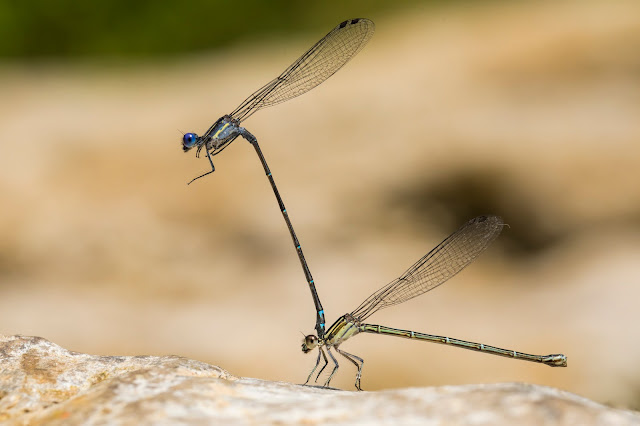Tonya Smith spotted this micro moth about the size of a pencil eraser at Lake Springfield. Richard C. Locke identified it as Prochoreutis inflatella,
the skullcap skeletonizer moth. It's spotted location was close by the
blue skullcap, Scutellaria lateriflora,
 |
| Blue skullcap -Wikimedia |
"The larvae feed on Scutellaria species, including Scutellaria lateriflora. They skeletonize the leaves, bending the leaf upwards and the edges together. They feed under slight webbing. The first larvae appear in March, only shortly after the host plant begins growth. Pupation occurs in a fusiform, multi-layered cocoon of white silk."Skullcap is the common name for the Scutellaria sp. It refers to the shape of the flower's calyx which reminds those of us old enough to remember the days of Rome when the soldiers had skullcap helmets. These are members of the mint family and some species have been used in Chinese and Native American medicine for a wide variety of illness. Demand for them and the high price they command have threatened some species.



















































